
Insects Limited at ESA 2025 in Portland
From November 9–12, entomologists from across the world (myself included) converged on Portland, Oregon for Entomology 2025, the Entomological Society of America’s annual meeting themed “Bridging Generations with Innovation, Legacy, and Passion.”
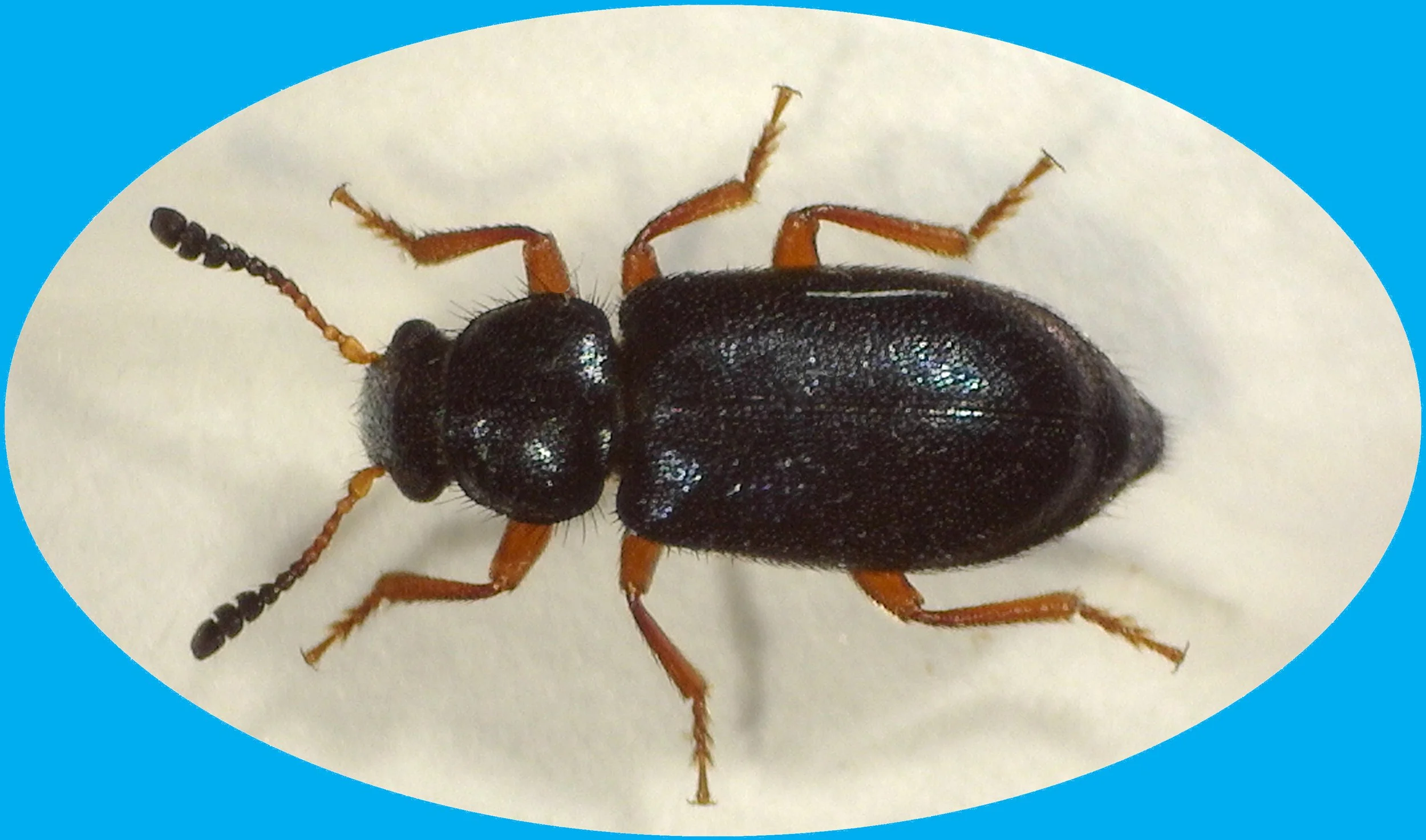
5 Things to Know About the Red-Legged Ham Beetle
This month, we’re spotlighting the Red-Legged Ham Beetle (Necrobia rufipes) – a small but highly destructive pest known for infesting cured meats, pet food, and even museum specimens.

Sparking Curiosity, Changing Perceptions: Insects Limited at JA JobSpark
When thousands of eighth grade students poured into this year’s JA JobSpark, they were met with hundreds of career paths to explore. At the Insects Limited booth, the buzz was unmistakable. From peering at insect specimens under microscopes to holding live cockroaches, students experienced firsthand that insects are more than just pests – they are gateways to curiosity, science, and even future careers.

5 Things to Know About the Black Carpet Beetle
This destructive pest is a serious threat to stored products, dried foods, and natural fibers – including fabrics, wool, and even museum specimens. Early identification and prevention are key to protecting facilities from costly infestations caused by the Black Carpet Beetle.

The Soapbox - A New Chapter at Insects Limited
Sometimes, the best way to move forward is to step up onto the soapbox. That’s exactly what we’re doing here. Inspired by our founder, Dave Mueller, we’re bringing back The Soapbox, a new column in our newsletter where we’ll share thoughts, ideas, and updates on topics that matter to us… and to you. Well, most of you. Think of it as anything from a behind-the-scenes look at what drives Insects Limited and how we’re working to make a difference, reflections on the industry, or even just the occasional random thought.
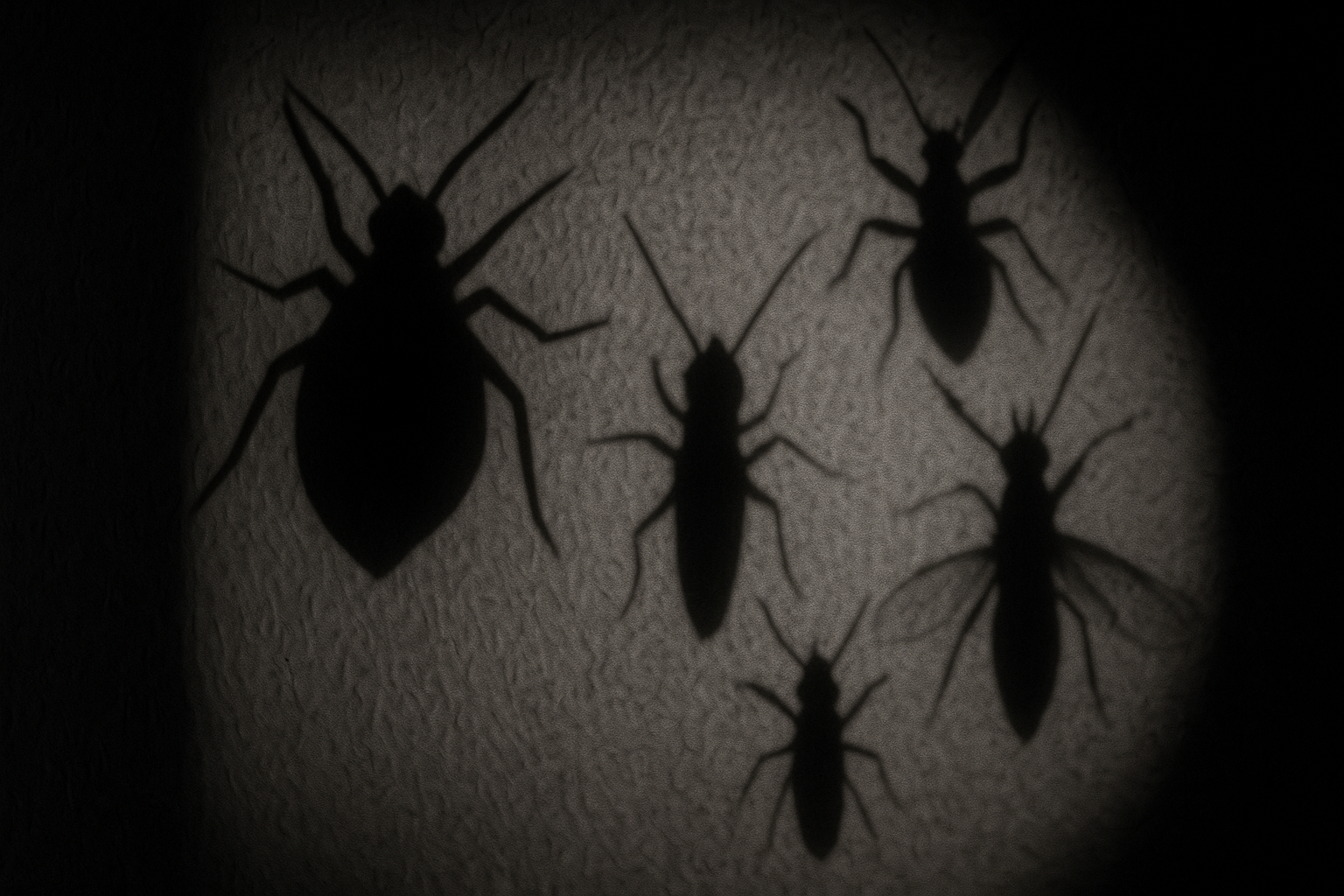
When Perception Becomes the Pest: Why Knowledge Matters in Managing Arthropod Pests
In this article, I outline the key findings of a study and address how education can undermine common shortcomings in attempts at managing pests.
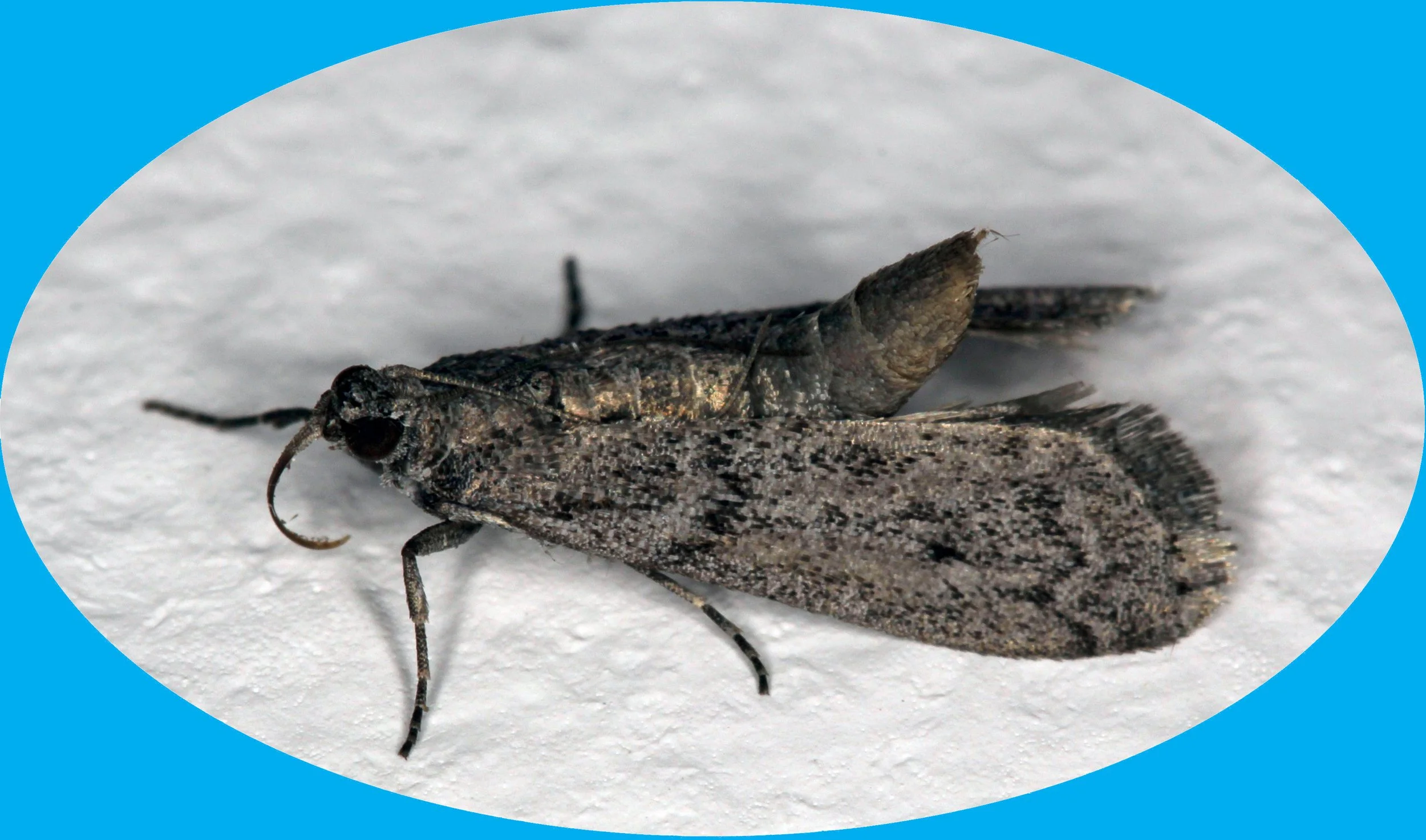
5 Things to Know About the Mediterranean Flour Moth
This month, we’re spotlighting the Mediterranean Flour Moth (Ephestia kuehniella) — a persistent pest in flour mills, food processing facilities, and storage environments worldwide. These moths are known for contaminating food products and clogging machinery with their webbing, leading to costly production delays and product losses. Understanding their life cycle, habits, and warning signs is essential for effective prevention and management.
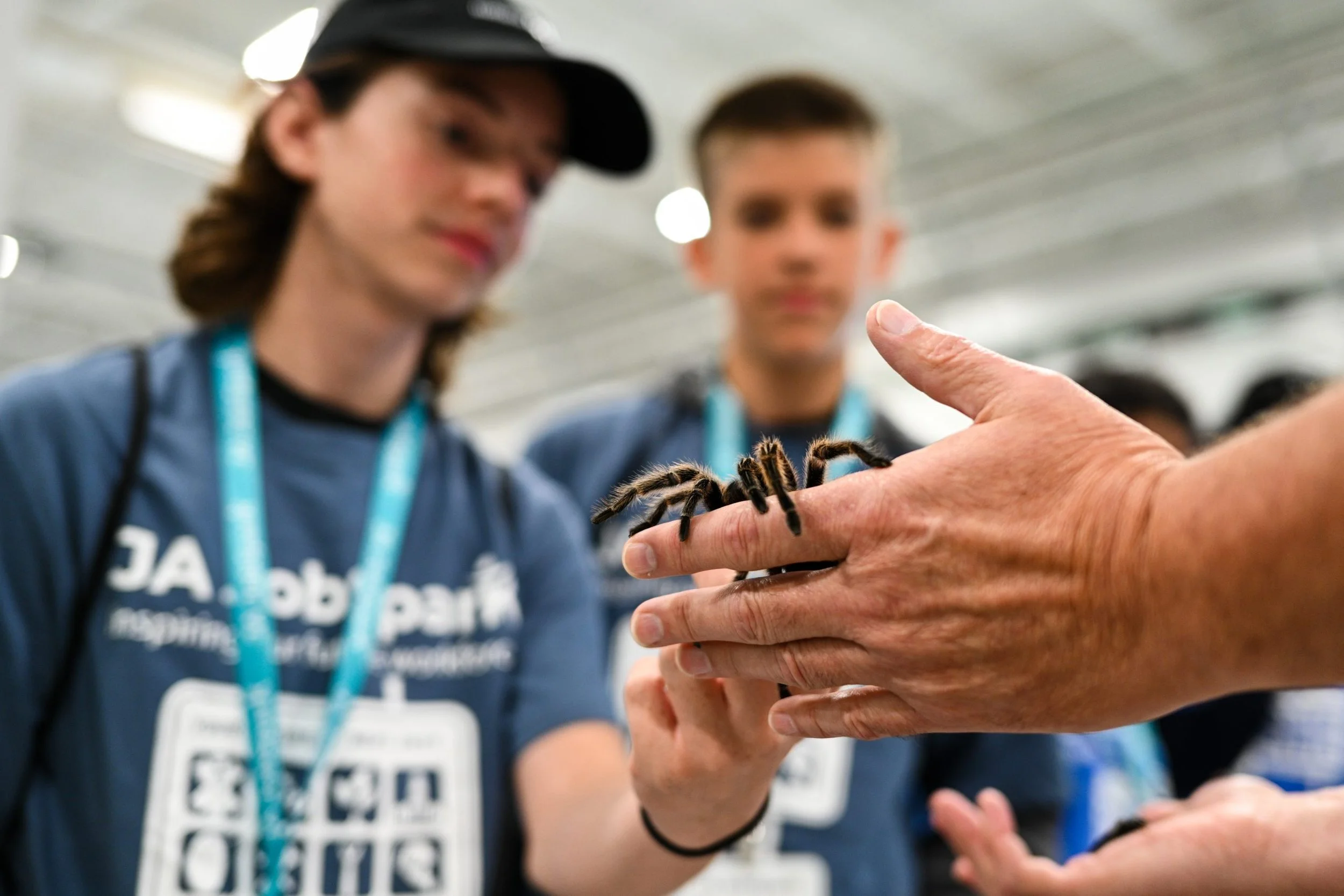
How Education and Exposure Reduce Fear of Insects
Everyone, no matter how ambivalent or straight-up enthusiastic toward arthropods, has a story about an encounter that made their skin crawl. For me, it was waking up with a brown marmorated stink bug on my neck when I was five.
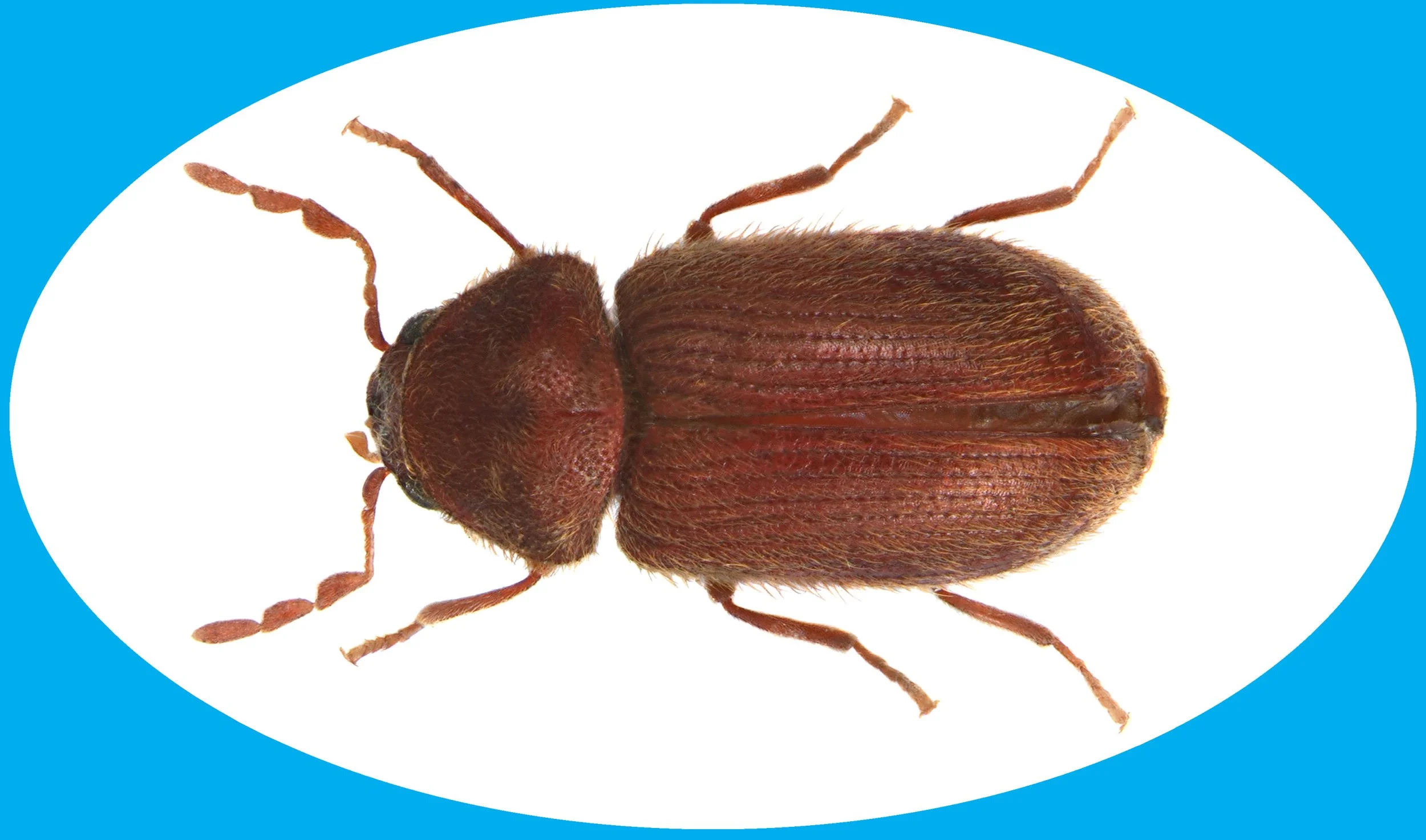
5 Things to Know About the Drugstore Beetle
This month, we're spotlighting the Drugstore Beetle (Stegobium paniceum) — a common but often overlooked pest in stored product environments. These small reddish-brown beetles are known for their broad diet and ability to infest everything from flour to pharmaceuticals. Understanding their habits, life cycle, and signs of activity can help prevent product loss and costly infestations.

Hide and Seek with Bugs: Stories of unintuitive causes of pest problems
On one hand, solving a pest problem is simple: find the source of the pest and remove it. I recall an experience with ants a while back. During a messy breakfast, syrup had gotten on a shirt that was subsequently moved to the laundry room where it didn’t quite make it into the washing machine — oops!

My Amazing Trip to Ecuador – Work and Play
One of the best things about the pest control industry is the people you meet. I have had the privilege of being exposed to this industry my whole life and genuinely great people seem to be a constant.

5 Things to Know About the Fruit Fly
This month, we are spotlighting the Fruit Fly (Drosophila melanogaster) – a small but serious pest in food storage, handling, and production environments. Known for rapid breeding and their attraction to fermenting matter, fruit flies are a key insect to monitor, especially in warm, humid months.

5 Things to Know About the Hide Beetle
This month, we're spotlighting the Hide Beetle (Dermestes maculatus)—a dermestid species known both as a beneficial decomposer and a challenging pest. Commonly found in natural settings and museum collections, this beetle’s biology makes it important to understand and manage.

How to Take Better Insect Photos for Accurate Identification
Want to identify an insect but not sure how to photograph it properly? Learn expert tips for taking clear, focused, and well-lit bug photos that entomologists can actually use for accurate identification. Discover what details matter—and what to avoid.

When Packing Materials Become Pest Highways: Expanded Polystyrene
These materials were intended to replace the use of expanded polystyrene (often referred to by the trade name “Styrofoam”) packing materials, resulting in a reduced rate of plastic accumulation in our environment. After all, polystyrene is notorious for its persistence in the environment; it can take hundreds to thousands of years to degrade.
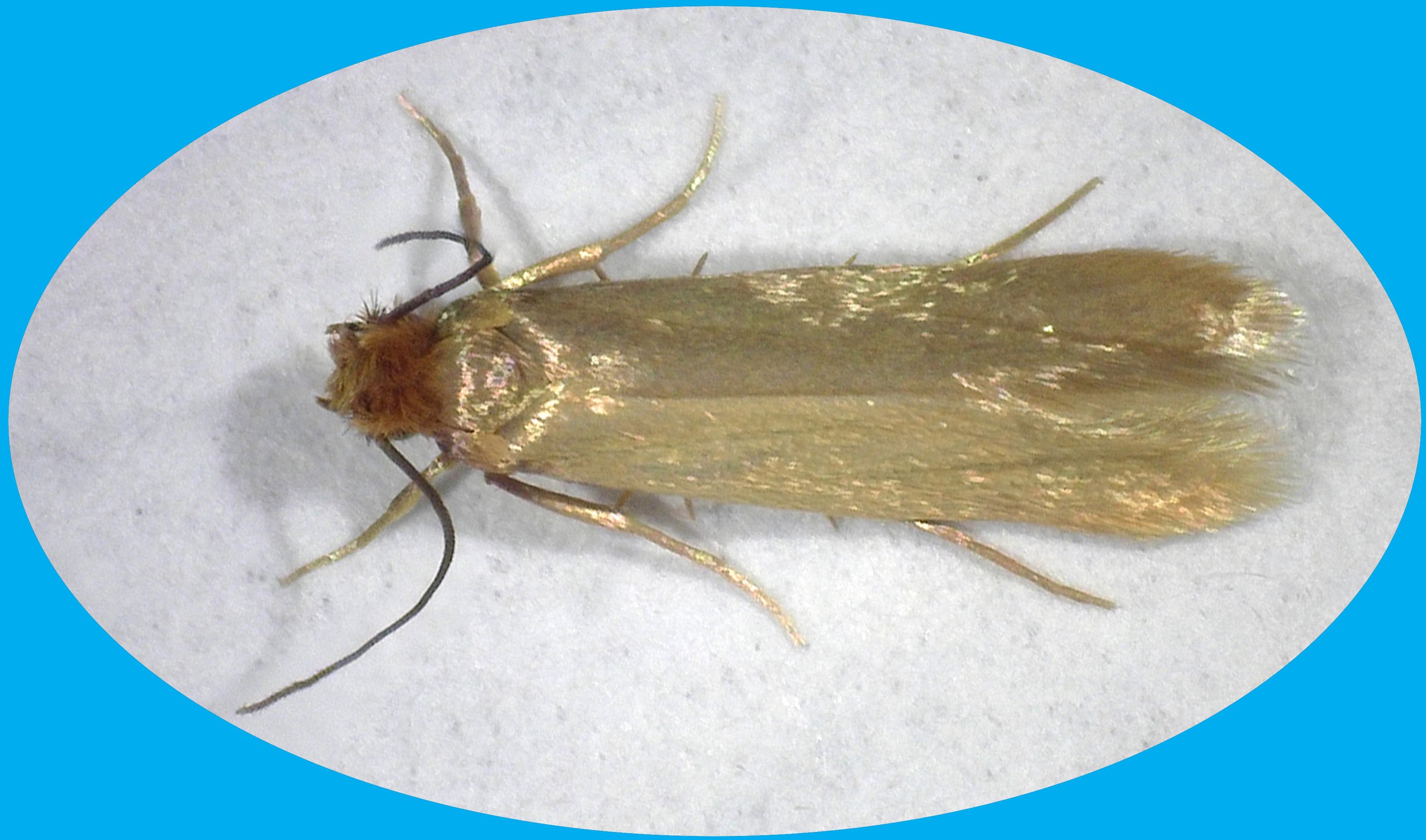
5 Things to Know About the Webbing Clothes Moth
The webbing clothes moth (Tineloa bisselliella) is one of the most notorious textile pests, causing damage to wool, fur, and other natural fibers in homes, museums, and businesses. Despite their small size, these moths can create big problems when left unchecked. Here are five key things you need to know about them:
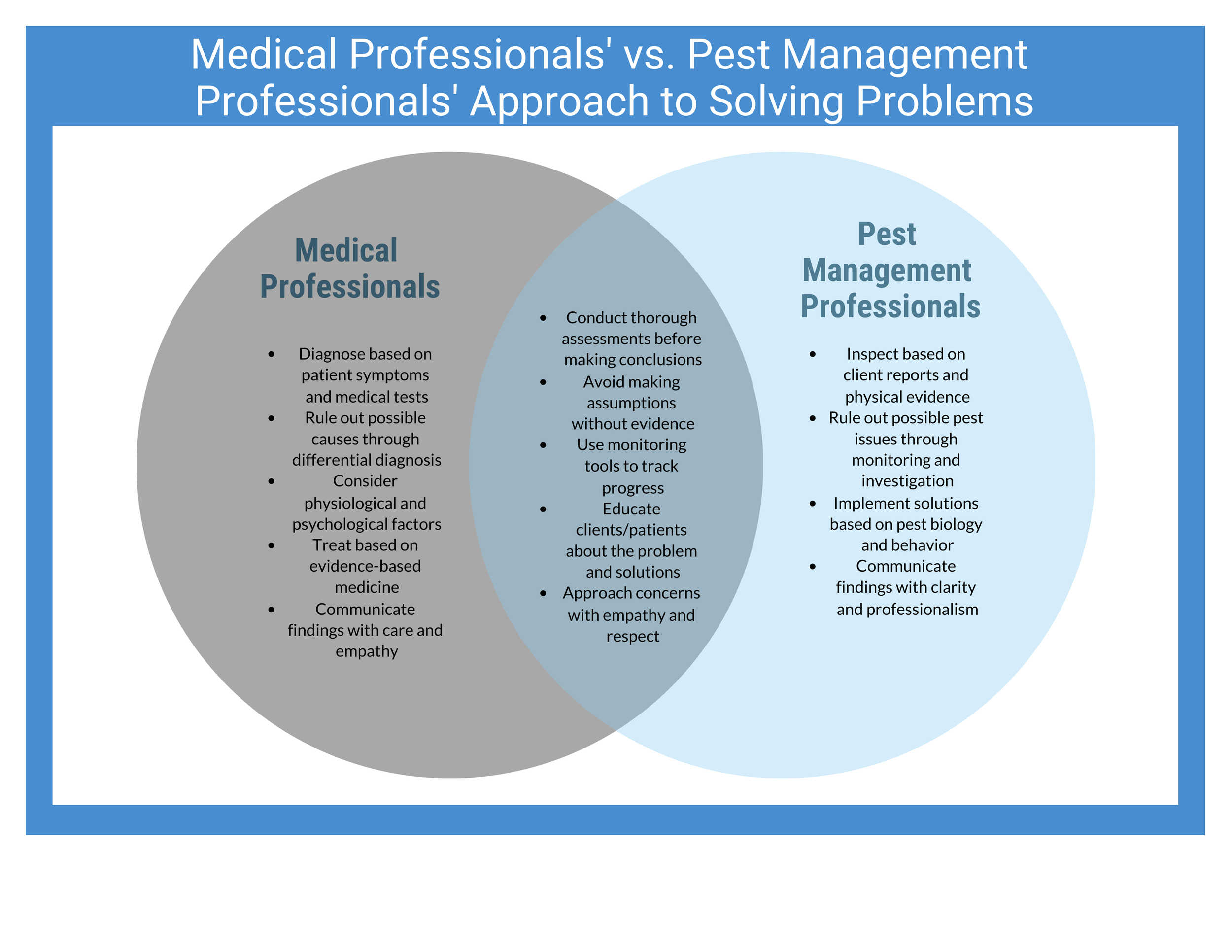
Communicating Clearly with Customers: Lessons from Medicine for the Pest Control Industry
One of Insects Limited's core values is to communicate clearly. Clear communication is not just about making sure that you are understood, but about making sure you understand the person you are communicating with as well.

First Quarter Recap: Exciting Developments at Insects Limited
As we close out the first quarter of the year, we have plenty of exciting updates to share from both inside and outside of Insects Limited. Our commitment to innovation, efficiency, and quality continues to drive us forward, benefiting both our team and our valued customers.


Spotlight on the Varied Carpet Beetle
The varied carpet beetle (Anthrenus verbasci) may be small, but it’s a pest that can cause big problems in homes, museums, and businesses.
